
When the capital and by far the largest city in Hungary, Budapest, is labeled as the Paris of Eastern Europe, it’s easy to understand why this quaint metropolis draws most attention when it comes to foreign tourists. Nevertheless, for second time visitors, people with a little extra time or simply lovers of rural scenes, Hungary is far more than its capital city, countless towns and villages offer a large plethora of activities, interesting attractions and breath-taking views.
Roughly 30km north of Szeged lies the village of Ópusztaszer, while the village itself is not particularly interesting, it hosts at its outskirts the Ópusztaszer National Heritage Park, showcasing various aspect of Hungarian history, culture and lifestyle.
The park consists of 6 main sections, each is extremely worthy by its own right, making it wise to allocate at least couple of hours while there.
The park’s most iconic and famous part is undoubtedly the Rotunda building, displaying a remarkable cyclorama called the Feszty Panorama, detailing intricately the conquest of the Carpathian Basin by the Hungarian forces, which laid the foundations for modern-day Hungary.
Other intriguing segments are the Garden of Ruins, holding the remains of a historically significant monastery, the open air museum, displaying typical rural life quite authentically unlike indoor museums and the whimsical Csete-Yurts, correlating to the Hungarian nomadic past around the Ural Mountains.
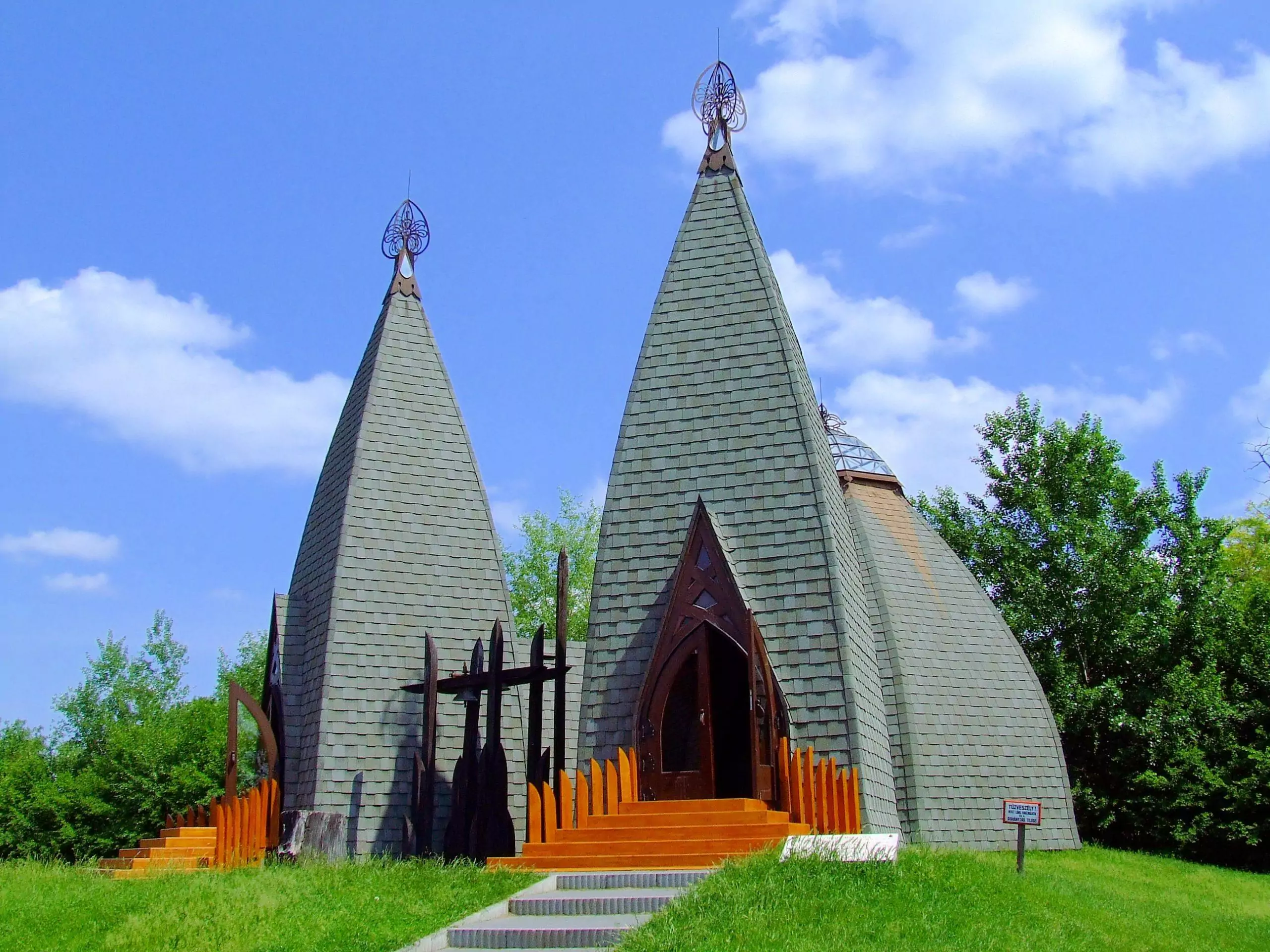
The Church of Forests in Ópusztaszer National Historical Memorial Park
photography by: Csanády
Winning the highest national award for urban planning at 1989 for the restoration of its center, it’s not difficult to appreciate why Pápa is well renowned among Hungarians for its architecture and public spaces, yet despite its glorious past and charming present, the town is still waiting to be discovered by the vast majority of foreigners.
The picturesque townscape is overwhelmingly dominated by Esterhazy Palace. Guarded by a pair of marbled lions, this whitish edifice provides a glimpse into Hungarian nobility during the 18th and 19th centuries. Complementing the historic tour is the nearby Palace Park, a graceful piece of woodland embellished by sculptures and flocked by Instagramers, wishing to take photos inside a quaint hollow tree trunk.
Due to its religious importance, the town is home to a large medley of churches relative for its modest size, most notably the great church on the main square, aka pápai nagytemplom, located on a site where at least two churches were previously stood, it has a beautifully preserved frescos created by the honored Austrian artist, Franz Anton Maulbertsch.
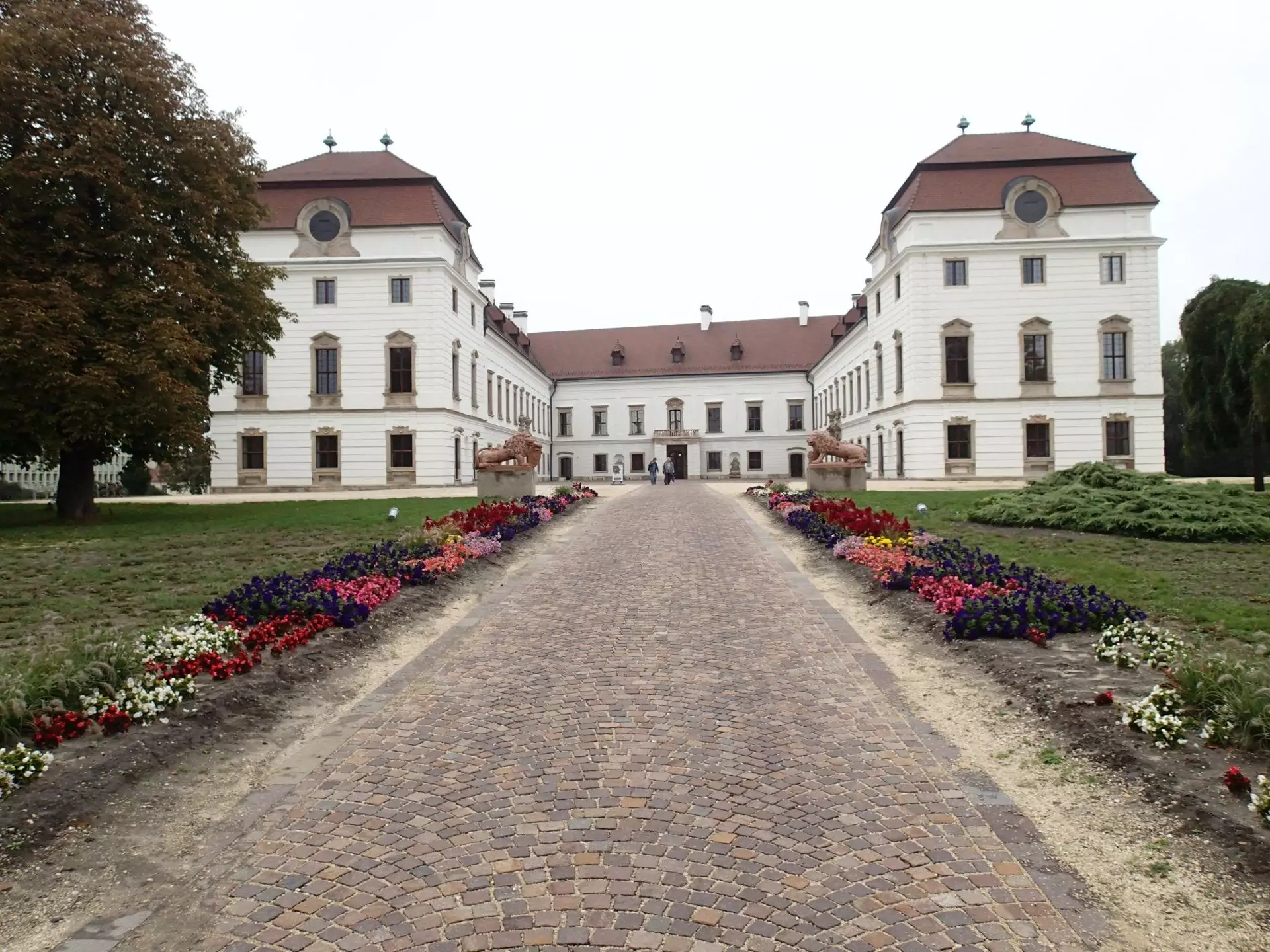
Esterházy Palace, Pápa
photography by: Raki_Man
It might not seem like an ample place at first glance, but Balatonederics on the north bank of Lake Balaton, Hungary’s largest body of water, holds handful of forgotten secrets, frozen by time.
Tucked away on the forested fringes of town, is the Csodabogyós-barlang, a breathtaking 6km long and 136 meters deep stalactites cave, providing jaw-dropping scenery of an underground world created over the course of millions of years. The cave can be visited only as part of guided tours, divided to 1.5-2 hours or more challenging 3-4 hours. Suffice to say that both tours require basic physical fitness since you’ll have to crawl and climb your way through the cave.
Nedeczky mansion or the black castle as it’s known locally, is shrouded in mystery as a series of premature deaths took place in the once flamboyant building from 1912 to 1945. These days, it’s neglected and derelict, consumed by creepers, somewhat resembling a local version of the Ta Prohm Temple in Cambodia, thus if you love exploring abandoned buildings, it’s the perfect opportunity to take some exceptional snapshots.
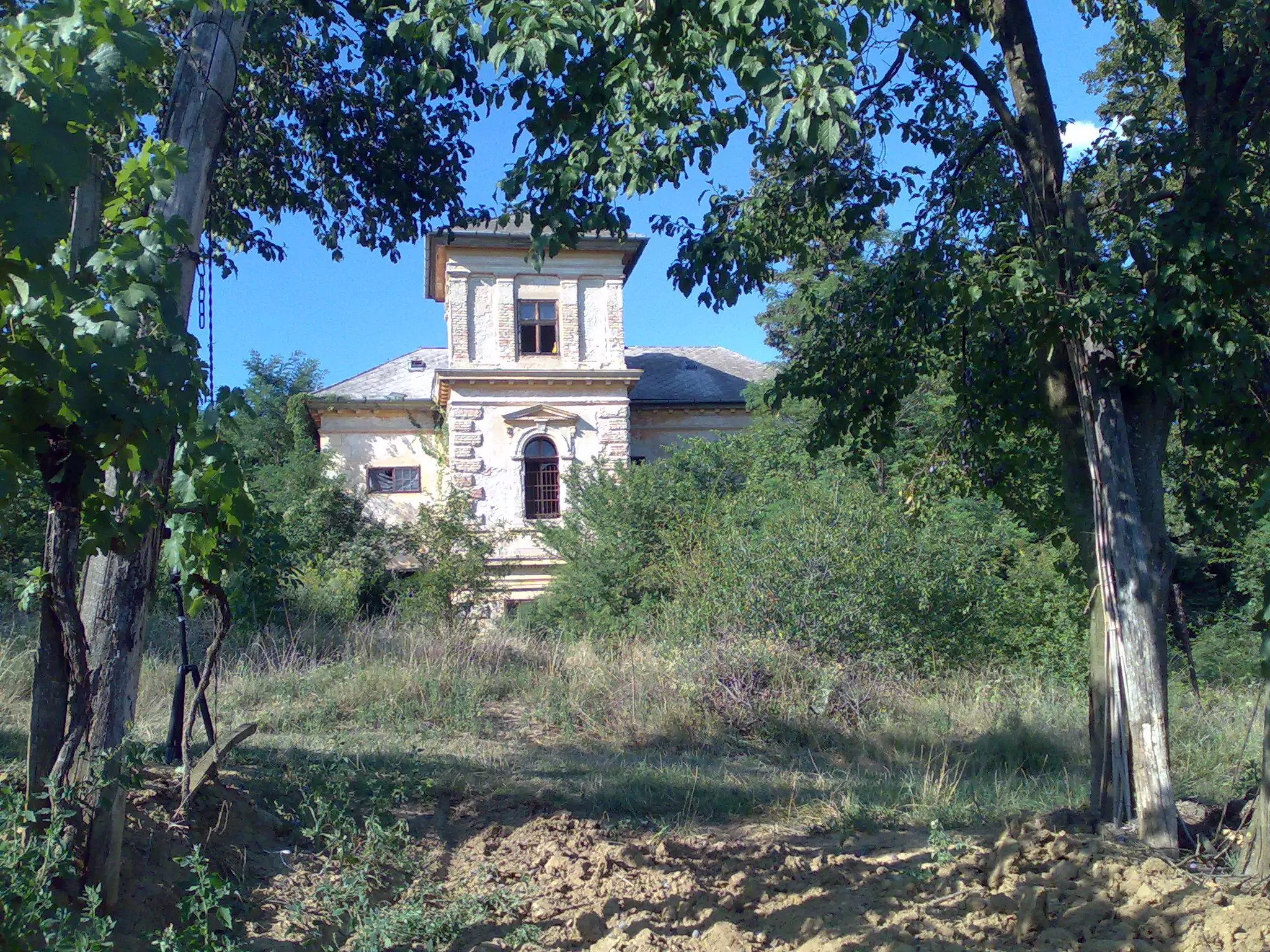
Nedeczky mansion, Balatonederics
photography by: Zajza
If you plan on traveling from Hungary to Romania or vice versa, the small village of Doboz can be an interesting stopover, architecturally and naturally. This rural community started as a center of pig farming erected on swampy lands, followed by frequent ownership transitions by nobles.
At the present, Doboz is rather peaceful, with not much happening around besides pig squeals and church bell rings, yet this tranquility is what makes this place so adorable.
Surprisingly, Doboz is home to one of the most lavish agricultural buildings in Europe of the 18th century, Doboz Granary, designed by the well renowned Hungarian architect Miklós Ybl, the T-shaped granary is embellished with delicate architectural details like gothic windows and a medal shaped ornament, truly remarkable given the time of construction and its agrarian context.
Additionally, the village has two pleasant green spaces to wander around, the castle park surrounding the former palace, currently functions as a school and the more distant Dobozi Sámson, an enticing piece of woodland on the outskirts of town featuring an enigmatic timber structure, merged into the surrounding forest.

An aerial photo of Doboz Granary
photography by: Civertan
The cloistered village of Füzér lies just few kilometers from the Slovak border, officially making it the northernmost municipal district in Hungary.
The hamlet is not an exceptionally interesting place by its own right, yet Füzéri vár, its 7 centuries castle, is a remarkable piece of history and the beating heart of the village, whose entire economic activity revolves around it.
Dating back to the 13th century, the castle is practically intertwined with significant part of Hungary’s history, playing a crucial role in many medieval battles, including the Mongol invasion of the area. Almost each building or structural element in the castle’s complex was built in a distinct time frame, creating a fascinating architectural mosaic, evident of its rich past. Intriguingly, this fortress stands atop of inactive volcano, providing spectacular vistas of the surrounding natural environment and forest.
Füzér is recommended for a half a day trip or as a stopover, but if you choose to spend here additional time, it can be a great opportunity to hike at the many trails around, most notably the National Blue Trail, culminating at Nagy-Milic, the tallest peak of Zemplén Mountains in Hungary.
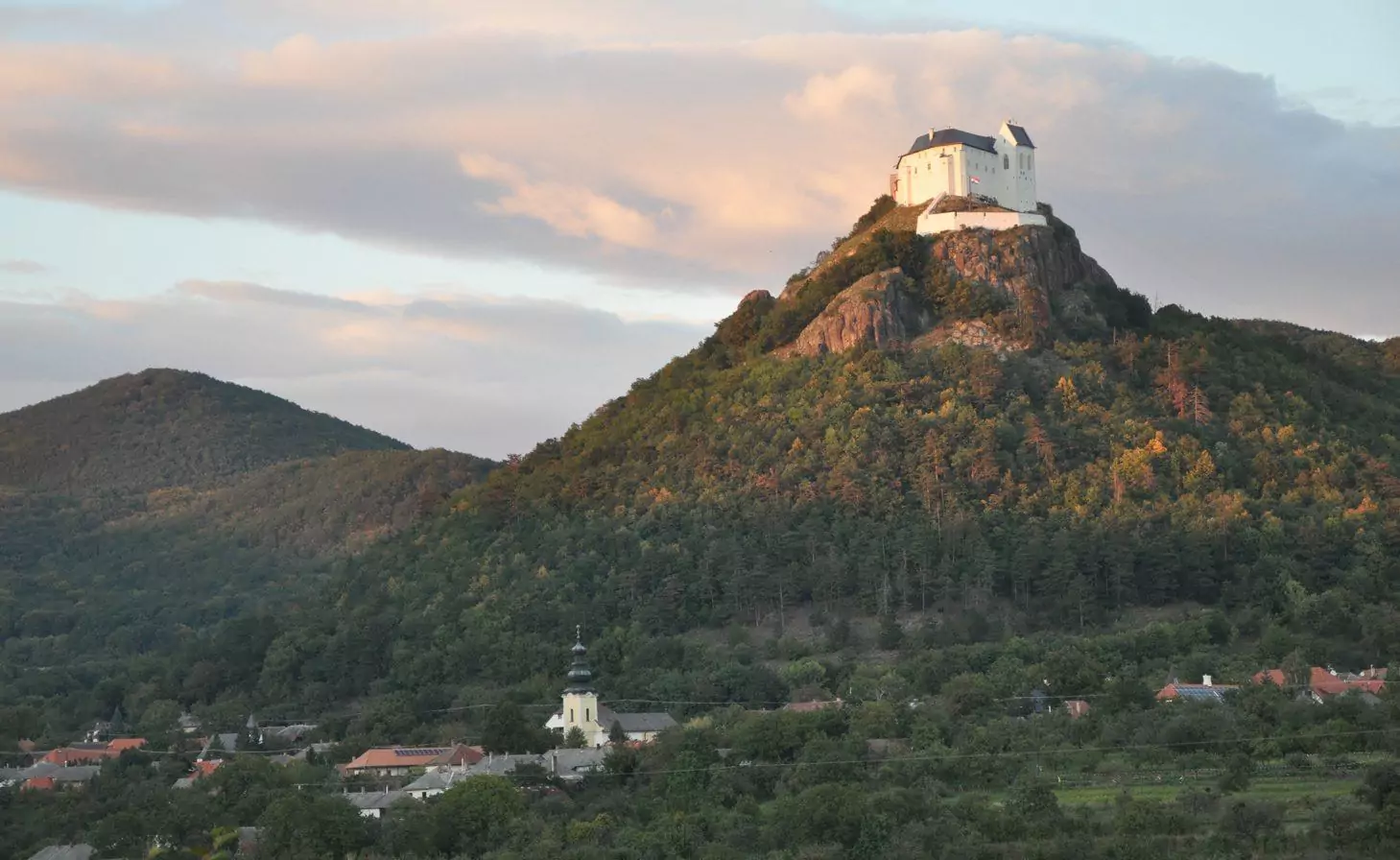
The village of Füzér on the backdrop of Füzér castle
photography by: Füzéri Várgondnokság
A mere few kilometers from the Austrian border, proudly sits the village of Fertőrákos, a small yet stimulating place, packed with rich medley of historic and artistic sites.
Named after the roaming crabs in the nearby swamps, Fertőrákos was established by the Romans, who utilized the abundance of limestone for their building rush. One quarry on the northern part of town that seamlessly operated just until recently, was reopened as a cave theater, offering a spectacular experience due its exceptional acoustics. Even if your visit doesn’t coincide with a scheduled event, you still might be interested in the cave’s permanent exhibition, presenting the area’s prehistoric past, famous for creepy replicas of a Megalodon shark and other sea creatures.
Another fascinating magnet for visitors is the Pan-European Picnic, an open air museum on the outskirts of town next to the Austrian border, commemorating the chain of events that took place here during August 1989, when a mass peace demonstration at the site led to the temporary opening of the border gate, subsequently creating a chain reaction which led to the fall of the Iron Curtain. Today, the site showcases numerous pieces of outdoor art and well preserved remnants from the aforementioned era, like the border watch tower.

The quarry theater in Fertőrákos
photography by: Joadl
The town of Paks along the Danube River might not be particularly physically attractive, nevertheless it’s home to hungary’s only nuclear plant, responsible for roughly half of the country total electricity output. Constructed between 1974-6, Paks nuclear power plant has 4 reactors producing 16 TWh, equivalent to Lebanon’s entire annual electricity consumption, thus making it significantly vital to Hungary’s economy.
Visiting this monstrous manufactory of energy is a great opportunity to learn few things about nuclear power first hand and experience a unique facet of life which we usually take for granted.
While visitor center and museum are open without any prior registration, any visit to the plant itself is strictly regulated and possible only by preplanned guided tours. After wearing a protective helmet, you’ll walk through a glass corridor overlooking the reactor and control room, followed by a tour inside the turbine hall to closely examine the turbine generators.
It’s recommended to book the tour as early as possible via the power plant’s website, at least one month ahead. All tours are free of charge and available for people above the age of 16.
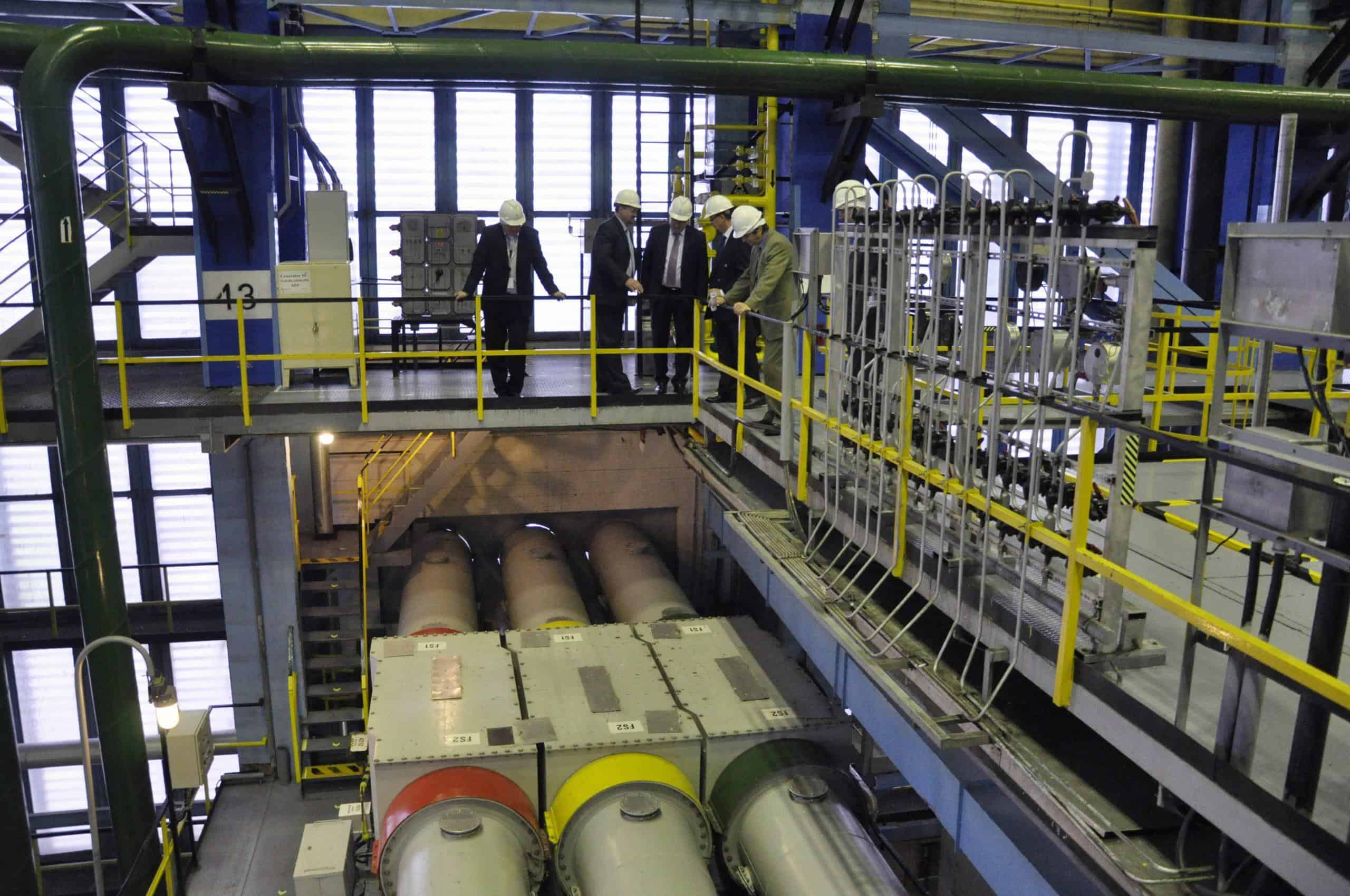
The interior of Paks nuclear power plant
photography by: IAEA Imagebank
Rare are the cases in which a small remote village is endowed with such lavish architecture and gardens as Füzérradvány, a tiny rural community on the northeastern corner of Hungary.
Whereas the residential part of Füzérradvány is merely a typical collection of rural houses and roads, its eastern side is home to the opulent Károlyi Palace and Park, a 18th century eclectic estate, overwhelmingly contrasting the village dullness.
Named after Károlyi family who owned it, the current palace was planned by the aforementioned renowned Hungarian architect, Miklós Ybl, who designed the building’s facades, featuring a magnificent octagonal tower, according to romantic principles, while its interior was embellished with authentic Italian Renaissance, chock full of original furniture and ornaments, brought directly from Italy. Eight halls are open for visitors, who are offered a guided tour.
Complementing the architectural splendor is the adjacent castle park, blessed with lush climate, it has an exceptional mélange of different trees planted across 3 centuries, including gigantic sycamores, chestnuts and oaks. The 100 hectares park is divided between wild woodland on its far edges and a less densely forested area around the castle, culminating in an elevated and meticulously designed French style garden, overlooking the surrounding lawns and pond.
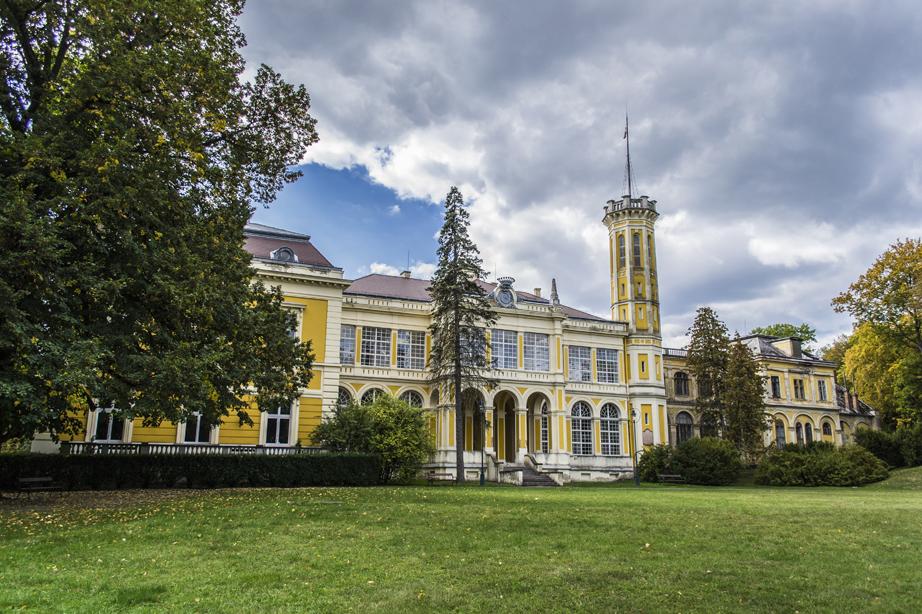
Károlyi Palace, Füzérradvány
photography by: RHerczeg
Entirely engulfed by Bükk National Park, the resort town of Lillafüred, on the banks of Lake Hámori, was municipally annexed to the nearby city of Miskolc during the 1950’s, nevertheless, it still retains a strong character of its own, providing visitors with plenty of interesting places to explore.
The town is overwhelmingly dominated by Palace Hotel, a giant neo-renaissance edifice inspired by Hungarian castle architecture, attracting hotels guests and tourists alike, awed not only at its majestic facades but also by the way it blends into its natural backdrop.
Surrounding the hotel at its foot, are the hanging gardens, a set of terraces adorned by a multitude of statues honoring Hungarian key figures like Attila József and Ottó Herman, overlooking Lillafüred Waterfall, the tallest single-drop waterfall in Hungary, artificially created by the damming of Szinva stream. Interestingly, during harsh winters the waterfall freezes, making it a unique destination all year round.
Next to the waterfall is one of only six known sinter caves in the world, Anna Cave, a unique natural wonder by global standards as it has rare sintered limestone formations reminiscent of coral reef, coupled with petrified leaves and branches imprints on its walls.
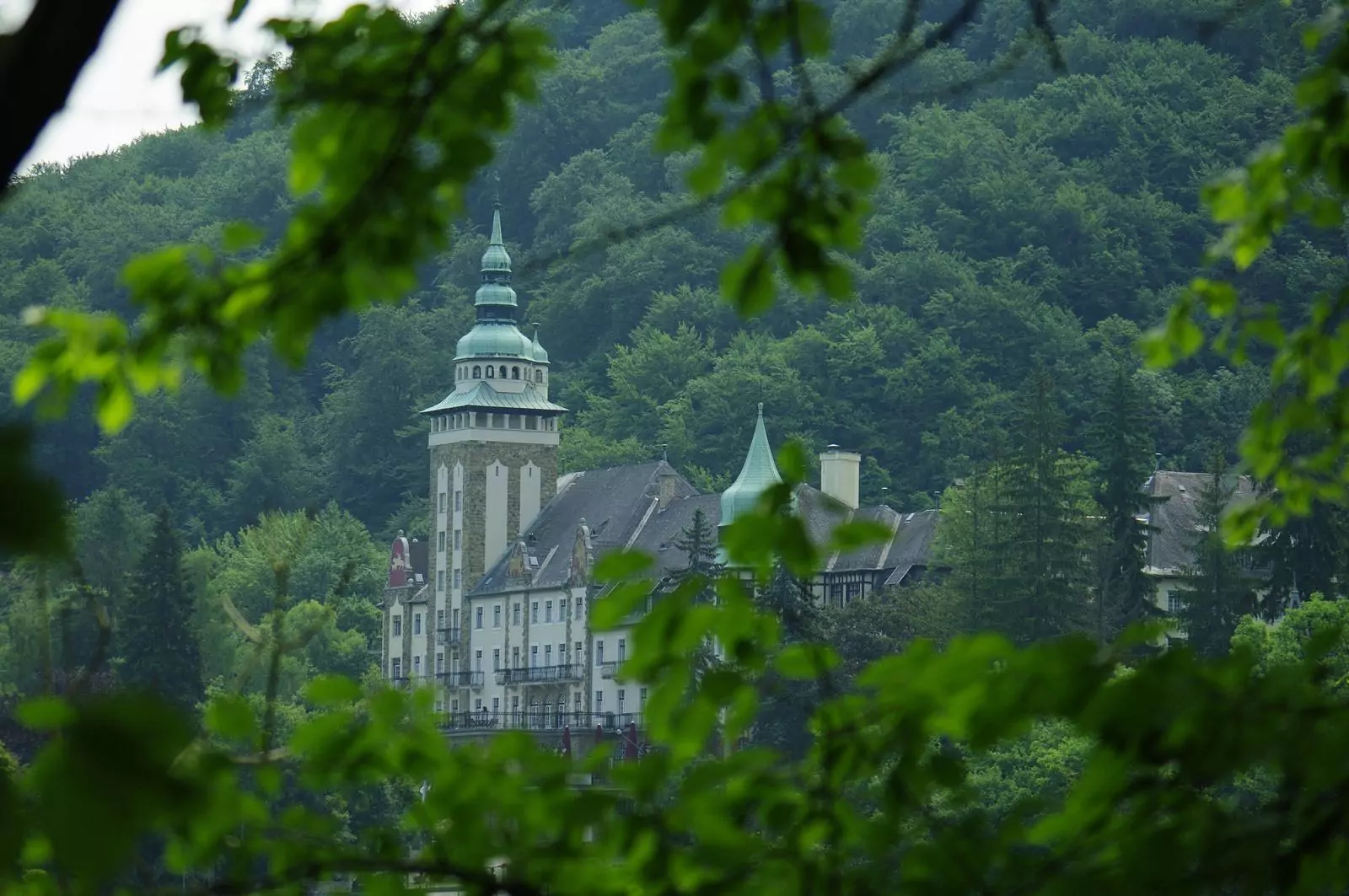
Palace Hotel, Lillafüred
photography by: krokophoto
Successively inhabited since pre-historic times, the village of Orfű is blessed with rich agricultural soil and surrounded by a network of protected forests, giving visitors the chance for a perfect getaway to experience Hungary’s wild side.
Orfű and its vicinity are home to three artificial lakes, created in order to regulate floods but ultimately contributed much more than that, evidently, nature lovers, including fans of recreational fishing and aquatic sports, will find the pastoral character of that place very appealing.
One of the most popular activities around the village is hiking in the wilderness, especially in Western Mecsek protected area where you’ll find secluded glades with eerie watch towers, offering spectacular forest panoramas, best of which are János-kilátó, Flóra-pihenő and the nearby Balázs-hegyi kilátó.
If you seek to relax after intense trekking or sporting, a picnic on the shore of Lake Pécs with locally made products can serve as a pleasant break, particularly next to Medvehagyma Ház, aka Wild Garlic House, architecturally whimsical visitor center offering a plethora of activities, events and unique local grocery items.
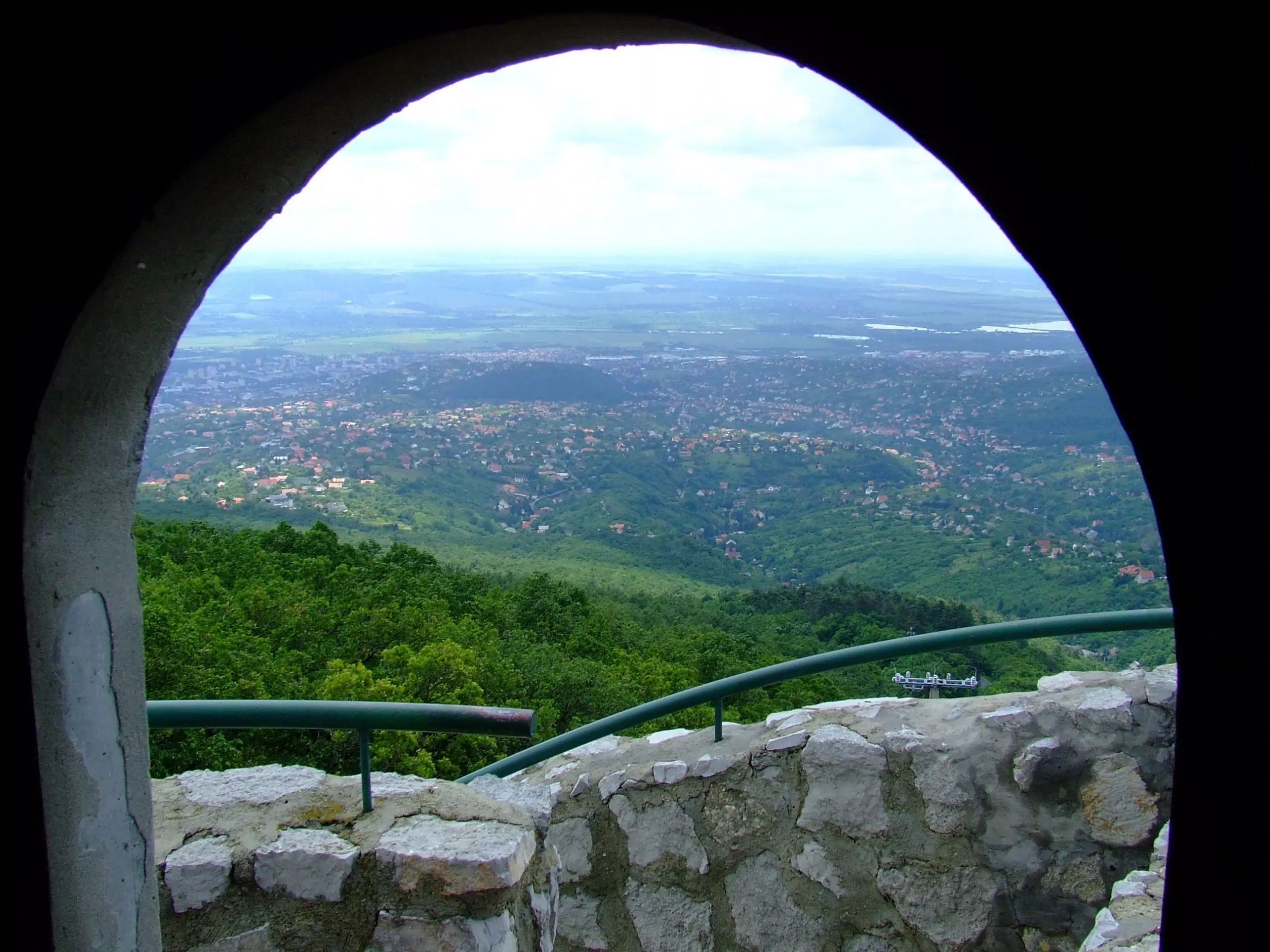
The panoramic view from János-kilátó
photography by: Csanády